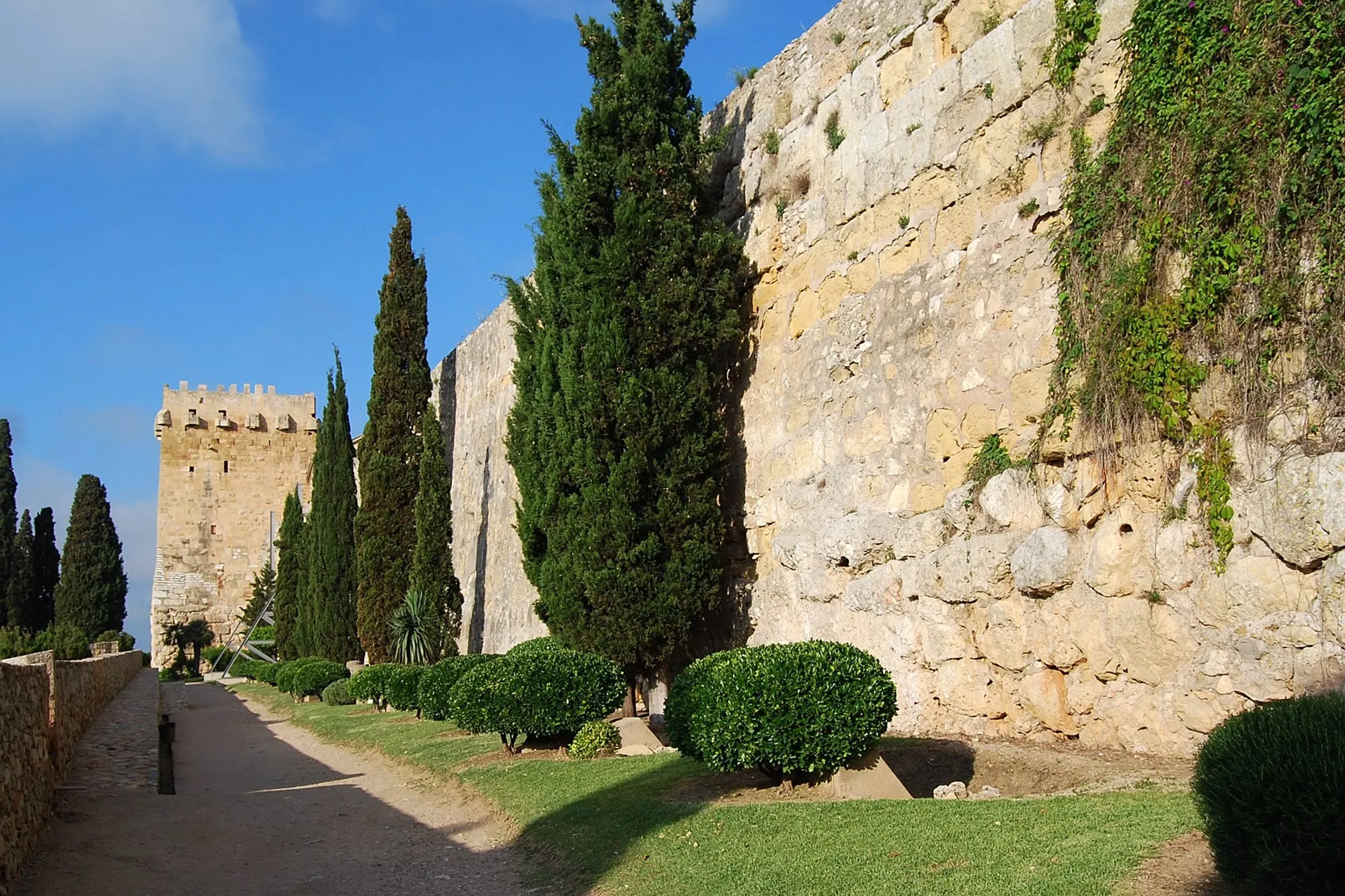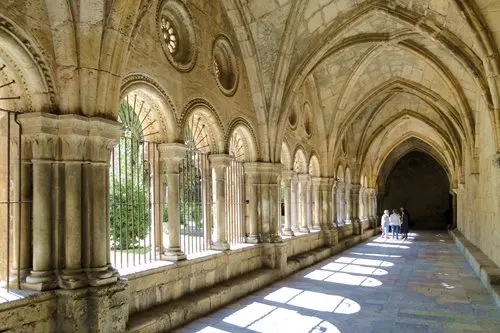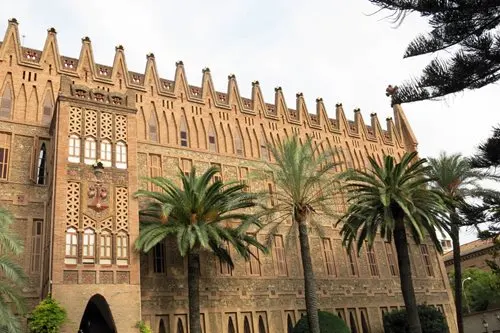
Cookie settings
We use our own and third-party cookies in order to offer our services, display videos, obtain statistics and offer personalized advertising.
For more information, please read our cookies policy.

In the 2nd century B.C. a great wall was built around Tarraco, delimiting the municipal boundaires. The wall originally ran some 3500 metres. Today approximately 1100 metres remain, bordering presentday Tarragona’s Old Quarter.
The most interesting portion of the surviving walls is to be found along the Passeig Arqueològic, or Archaeological Promenade. There, several perfectly conserved sections can still be seen, revealing the unusual megalithic foundations, as well as two of the original six posterns, or smaller entrances, and a larger gate that was used for vehicular traffic.
Of the three surviving bastions, special attention should be paid to the Archibishop’s Tower, which underwent considerable alterations in the Middle Ages, and the Minerva Tower, which is the site of the oldest Roman sculpture and inscription in the Iberian Peninsula.
Built: II. Century B.C.
Author: Anónimo
Style: Roman Classic
Category: Civil
Type: Wall
Address and telephone
Opening times
Prices
If you see any mistakes or want to add anything to this information, please contact us.



Book your hotel